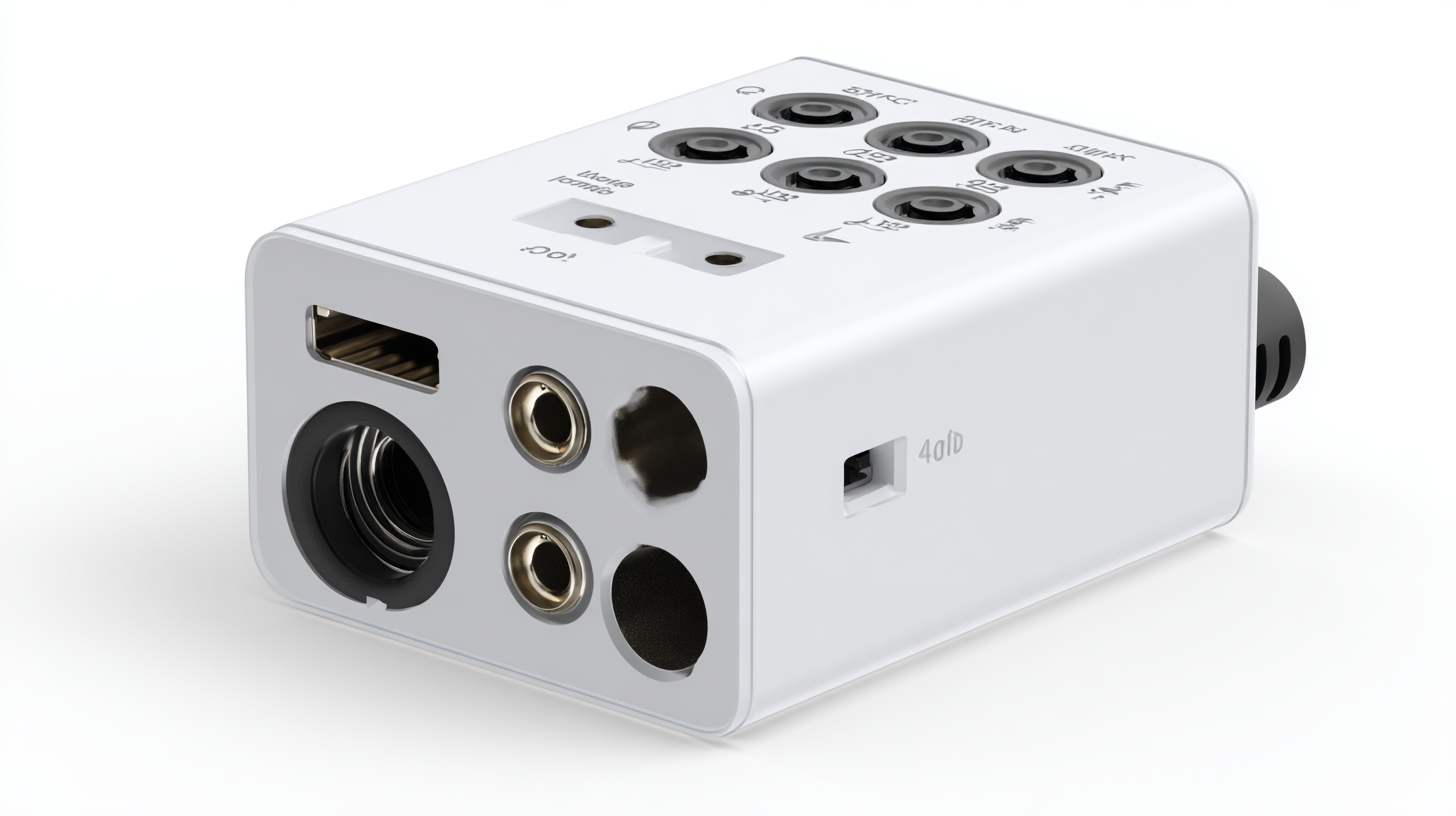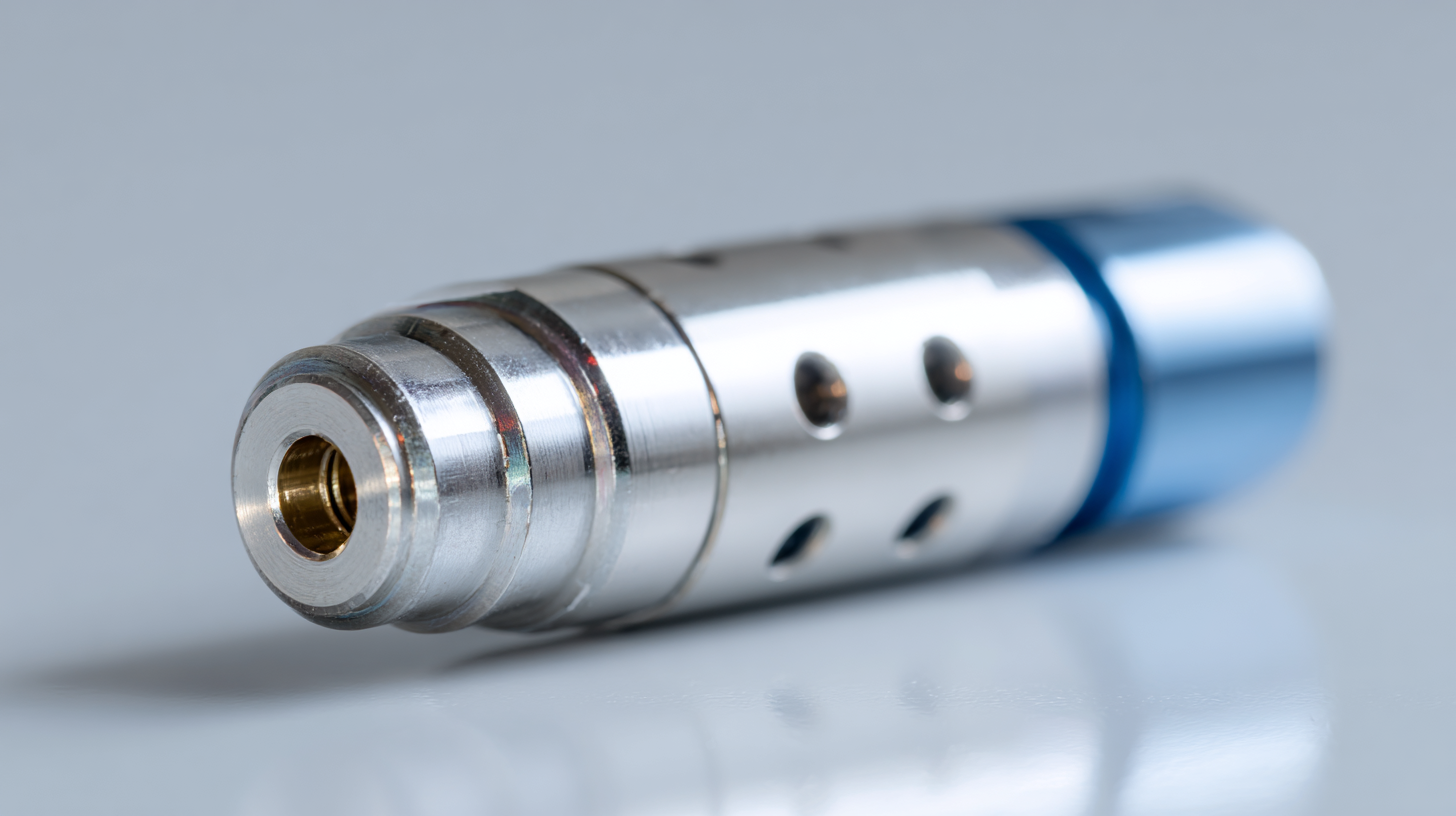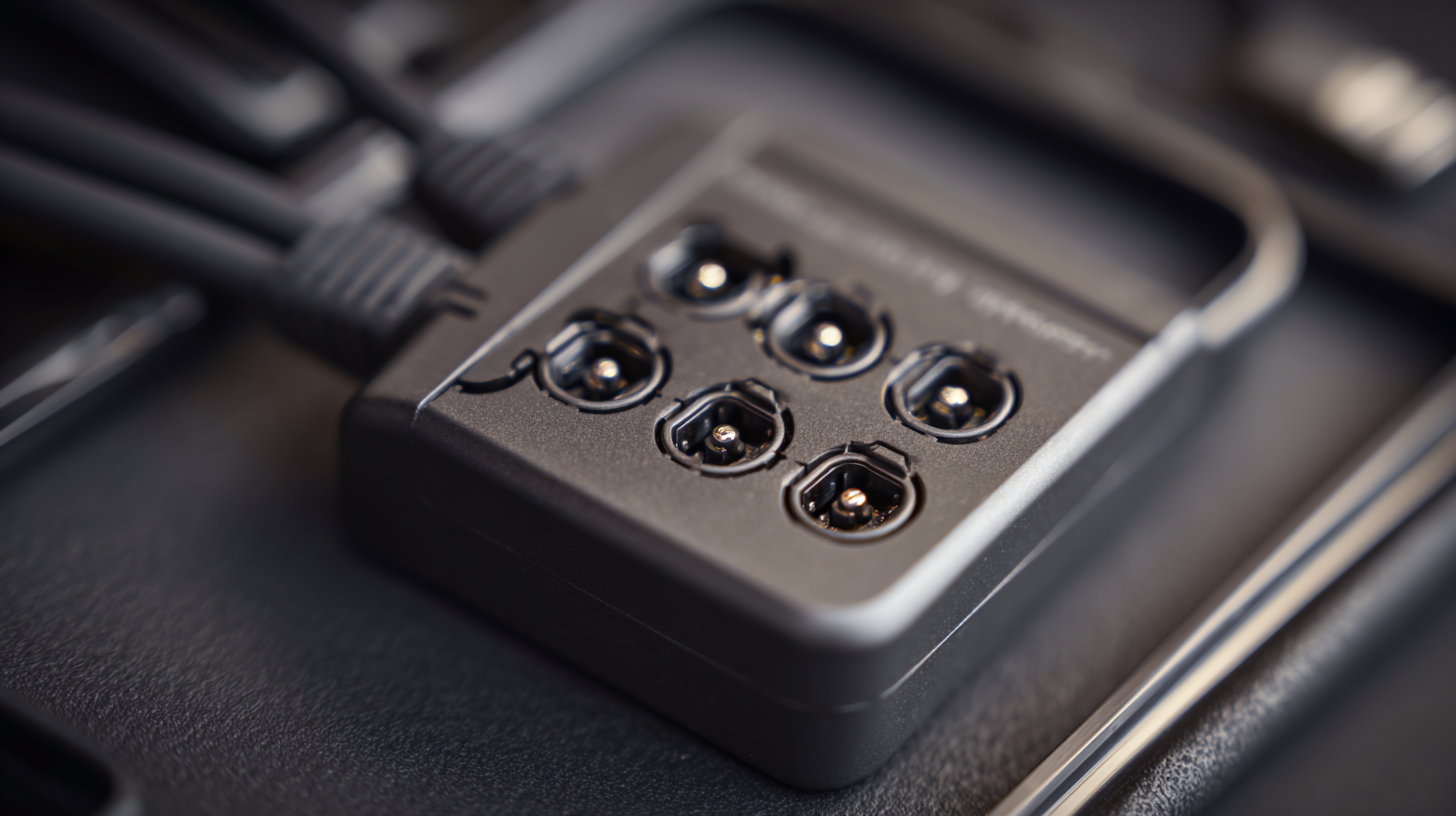


In today's fast-paced business landscape, selecting the right In Out Connector has become crucial for optimizing operations and enhancing productivity. According to a report by MarketsandMarkets, the global connector market is projected to reach $77.4 billion by 2025, with ongoing technological advancements driving demand across various industries. As companies increasingly rely on seamless connections to streamline their workflows and ensure efficient data transfer, understanding the different types of In Out Connectors available—along with their specifications and compatibility—becomes paramount. This ultimate guide aims to provide you with the essential insights and considerations needed to choose the best In Out Connector that aligns with your specific business requirements, ensuring you stay ahead in a competitive market.

When it comes to selecting the best In Out Connector for your business needs, understanding the types and their applications is crucial. In Out Connectors serve as vital components in various industries, facilitating seamless data transmission and enhancing operational efficiency. Different types include circular, rectangular, and customized connectors, each designed for specific applications. For instance, circular connectors are ideal for aerospace due to their robustness, while rectangular connectors are widely used in telecommunications for their compactness and easy integration.

Furthermore, as businesses increasingly integrate technology into their operations, connectors with intelligent features such as AI-enhanced signal processing are becoming more prevalent. According to market research, the demand for smart connectors is projected to grow significantly, driven by trends in automation and digitalization. The capability to transfer data while ensuring security and reliability will determine the connector’s effectiveness. Therefore, it’s important to evaluate the specific requirements of your business and the types of connectors that will best align with your operational goals and customer needs.
When selecting the best in/out connector for your business needs, evaluating technical specifications is crucial to ensure optimal performance. Key metrics to consider include durability, electrical performance, and environmental resistance. For instance, connectors with high-temperature ratings and robust material compositions are essential to withstand extreme conditions and prolonged usage, especially in industries like automotive and aerospace where reliability is paramount.
**Tips:** Always refer to industry standards such as IEC 60529 for ingress protection ratings and MIL-STD-810 for environmental testing. These guidelines can help you assess the suitability of connectors based on your operational environment.
Moreover, considering the real-world energy performance of devices utilizing these connectors is equally important. Just as Plug-in Hybrid Vehicles (PHEVs) demonstrate varying performance based on usage patterns, connectors may exhibit different functionalities based on application. Collecting data on actual operational needs can assist in making informed decisions, ensuring that the chosen connectors will enhance overall system performance.
**Tips:** Leverage data analytics tools to monitor connector performance metrics over time. This proactive approach will not only optimize functionality but also extend the life of your connectors, ultimately improving your business efficiency.
| Connector Type | Max Current (A) | Voltage Rating (V) | Operating Temperature (°C) | Material |
|---|---|---|---|---|
| Type A | 20 | 250 | -20 to 80 | Copper Alloy |
| Type B | 30 | 300 | -10 to 90 | Aluminum |
| Type C | 15 | 160 | -20 to 85 | Plastic |
| Type D | 25 | 240 | -15 to 95 | Nickel Plated Steel |
When selecting the right In Out connector for your business, a cost-effectiveness analysis is crucial in balancing quality and budget constraints. High-quality connectors may come with a higher initial investment, but their durability and efficiency can result in long-term savings and less frequent replacements. It's essential to evaluate the total cost of ownership rather than just the upfront price, factoring in maintenance and potential downtime.
One tip for maximizing your budget is to assess your specific business needs. Consider how often the connectors will be used and the environments they will operate in. Conducting a thorough needs assessment can help you avoid overspending on features that may not be necessary for your particular operations.
Additionally, researching reputable suppliers can provide insight into the best products within your price range. Look for testimonials, case studies, and reviews from other businesses that have used the connectors you are considering. This can help ensure you choose a product that meets your quality standards while staying within your budget.
As industries evolve, selecting the right In Out connector is crucial for future-proofing your business.
According to a recent report by MarketsandMarkets, the global connector market is projected to reach $103.1 billion by 2025, growing at a CAGR of 5.5%. This growth reflects the increasing demand for advanced connectivity solutions in emerging technologies, such as IoT, AI, and 5G. To stay competitive, businesses need to prioritize connectors that not only meet current specifications but also are adaptable to future advancements.
Emerging technologies necessitate connectors that offer higher performance and durability. For instance, the rise of 5G networks emphasizes the need for connectors that can handle increased bandwidth and lower latency. The IDC predicts that 5G connections will exceed 1.7 billion by 2025, underscoring the importance of adopting connectors that support these high-speed applications.
Additionally, the integration of smart technologies in manufacturing requires connectors to be more compact and efficient, promoting better thermal management and reliability. Investing in the right connectors today will pave the way for seamless integration of future technological innovations.
In various sectors, the implementation of In Out Connectors has proven to enhance operational efficiency and streamline communication. A notable case study involves the healthcare industry, where an organization utilized these connectors to integrate real-time data collection with their existing quality control systems. By leveraging an API capable of supporting multiple communication channels like MQTT and WebSocket, the organization enhanced their ability to track patient outcomes, directly linking device data to their oversight processes. Reports indicate that such integrations can lead to a 20% decrease in error rates, significantly improving service delivery.
In the manufacturing sector, another success story involves a leading automotive company that adopted In Out Connectors to optimize inventory management. By connecting their supply chain systems, they achieved greater visibility and reduced lead times by 15%. This seamless data flow allowed procurement teams to react swiftly to market changes, ensuring that production schedules remained unaffected.
**Tips:** When considering In Out Connectors, ensure that your chosen solution can support the specific communication protocols your business employs, as compatibility can drastically affect implementation success. Additionally, assess case studies relevant to your industry to understand best practices and potential pitfalls. Lastly, involve key stakeholders early in the decision-making process to tailor the solution to your unique operational needs.

